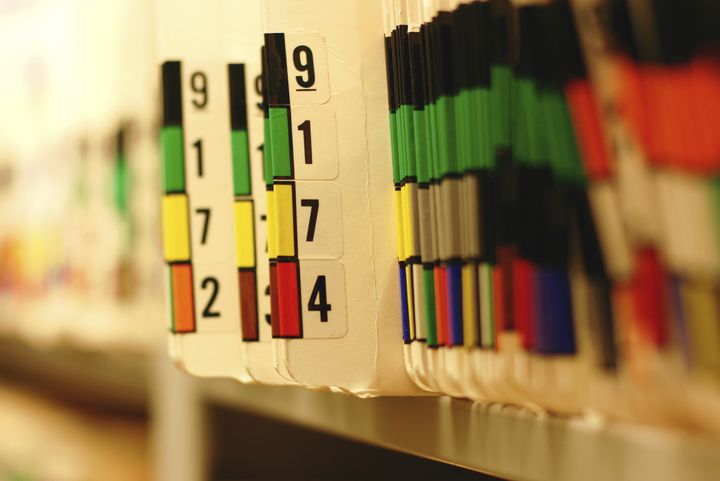
You may think that hospitals and physicians always know exactly who their patients are, but this is far from true. Although most people are correctly identified, there are a surprising number of mixups that can potentially cause big problems, both for patients and for healthcare providers.
Patients in the U.S. are usually identified by statistical matching, using data such as names, Social Security Numbers, and addresses. Mistakes can happen when there's an error in the data, or for a number of other reasons. A misidentification can be harmless in some cases, but they can also cause billing errors and serious (occasionally fatal) medical problems when patients are given the wrong treatments and drugs.
In 2014, the Office of the National Coordinator for Health Information Technology released some pretty shocking figures: in the best cases, patients were misidentified 7% of the time. Within a particular healthcare entity, the error rate is around 10% to 20%; and when entities exchange information with each other it's even worse, reaching as high as 50% to 60%. An earlier study by the RAND Corporation had similar results, and they estimated that patient misidentification costs the U.S. healthcare system about $8 billion every year.
This is clearly a serious issue that needs to be addressed, one that's causing harm to patients and reducing the overall efficiency of our healthcare system. Many people today are pointing towards a national patient identification system as a way to consistently and accurately identify patients, rather than through a statistical method with a chance of being wrong.
Could These Patient Mixups Have Been Avoided?
While most mixups have relatively minor complications, a small percentage tragically end up causing serious harm.
In 2013, the Walter Reed National Military Medical Center tested one person and told them that they were H.I.V. negative. They told another person that they were H.I.V. positive. A short time later, they realized that the labels on the blood samples for these two people were accidentally switched when they were shipped: the person who thought they were H.I.V. negative was actually H.I.V. positive, and vice versa.
The medical center immediately began hunting for the wrongly informed person, who could have been infecting others and in need of treatment. The person may have been found and informed, but no news could be found regarding the outcome.
In another case, a nurse accidentally killed Richard Smith, a 79-year-old man, when he was given a paralytic drug instead of an antacid. Smith had been admitted to the ICU at North Shore Medical Center in Florida for complications regarding his kidney disease.
When he complained of an upset stomach, he was prescribed an antacid. But the nurse grabbed the wrong bottle of drugs. A paralytic (called pancuronium, a drug used to administer lethal injections) was given instead of the antacid, and Smith suffered brain death as a result. He died a month later. This wasn't a patient misidentification, like the previous case, but an example of a patient being given a medication that was not prescribed.
There are also a surprising number of mishaps in surgery. A study found that doctors in Colorado operated on the wrong patient at least 25 times over a period of 6.5 years. They operated on the wrong part of the body on 107 patients during that time. Many of the mistakes involved misidentifying patients, and all were caused by some form of miscommunication.
Developing a National Patient ID System
Although we may never be able to avoid human error, a national patient ID system could be a huge step forward in eliminating patient misidentification.
The CHIME National Patient ID Challenge is just such an attempt. The challenge: to build a system that will ensure 100% accuracy of every patient's health information, reducing preventable errors and improving healthcare efficiency.
This contest is now in the judging phase, where the entries from 113 competitors will be analyzed based on the specified guidelines. There are several more stages to go in the contest, before the Grand Prize Winner of $1 million is announced in February, 2017.
It's too late to submit your own ideas, but you can check back in to read the bios of the competitors and get updates on how the challenge is going.








